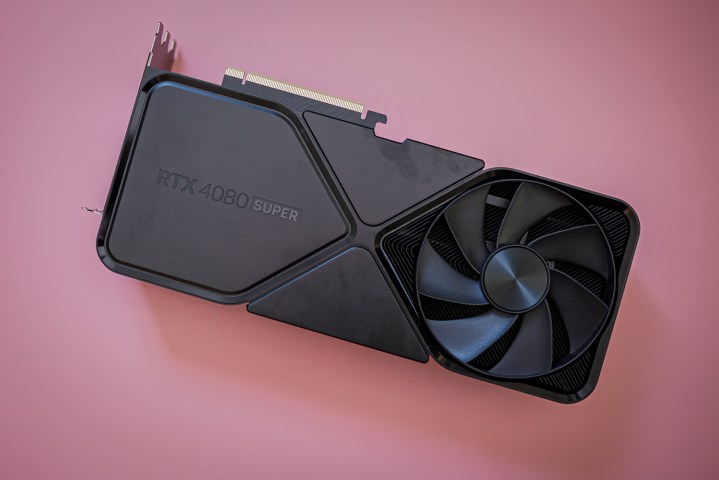Nvidia’s best graphics cards are due for an update, and it seems that the RTX 5080 might get an unexpected boost with faster GDDR7 memory than even the flagship RTX 5090. That might be its sole consolation prize, though, because the gap between the two may turn out to be even bigger than in this generation.
First, the good news. Wccftech cites its own sources as it reports that the RTX 5080 will get 32Gbps memory modules from the get-go — a significant upgrade over the RTX 5090 with its 28Gbps. The best part is that such a memory upgrade would bring the RTX 5080 to a whopping 1TB/s of total bandwidth, marking a huge improvement over the RTX 4080 Super, which maxes out at 736GB/s.
As we’ve noted in our RTX 50-series roundup, the RTX 5080 is said to sport 16GB of VRAM across a 256-bit memory bus. Recent leaks revealed that a 24GB version may also be unveiled one day, but that’s mere speculation at this point. Still, with 3GB GDDR7 modules said to come out a bit later, Nvidia will have room for solid upgrades down the line.
The bad news? I can’t help but feel like Nvidia might be doubling down on a decision it made in this generation. The RTX 4090 and the RTX 4080 had a massive performance and spec gap. At the time of launch, this actually made the $1,600 (and up) RTX 4090 a better deal than the $1,200 RTX 4080. The Super version at $1,000 made the performance-per-dollar aspect better, but the specifications stayed nearly the same.

All leaks so far point to the RTX 5080 being a much weaker offering than the RTX 5090. The flagship is said to come with 21,760 CUDA cores and up to 32GB of GDDR7 memory across a 512-bit memory bus. Meanwhile, the RTX 5080 will reportedly max out at 10,752 CUDA cores, which is a measly upgrade over the RTX 4080 Super — and miles behind the RTX 5090. In addition to the above, Wccftech and other sources also report that the RTX 5080 might receive a significantly higher total board power (TBP) reaching 400 watts. Meanwhile, the RTX 5090 will max out the 12VHPWR connector at 600 watts.
All of this is speculation, but if the two cards indeed launch with these exact specs, the RTX 5080 may be up to 50% worse than the RTX 5090 — but we’ll have to wait and see. According to various leaks, the RTX 5090 and the RTX 5080 will hit the market first, with an announcement reportedly planned for CES 2025 in January.





